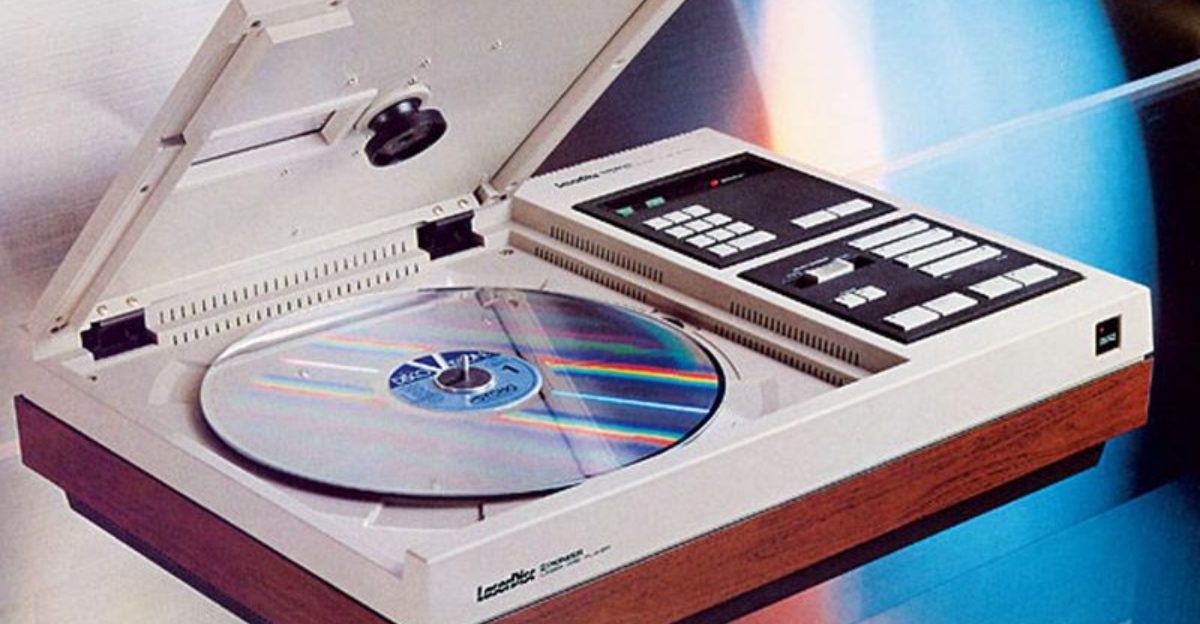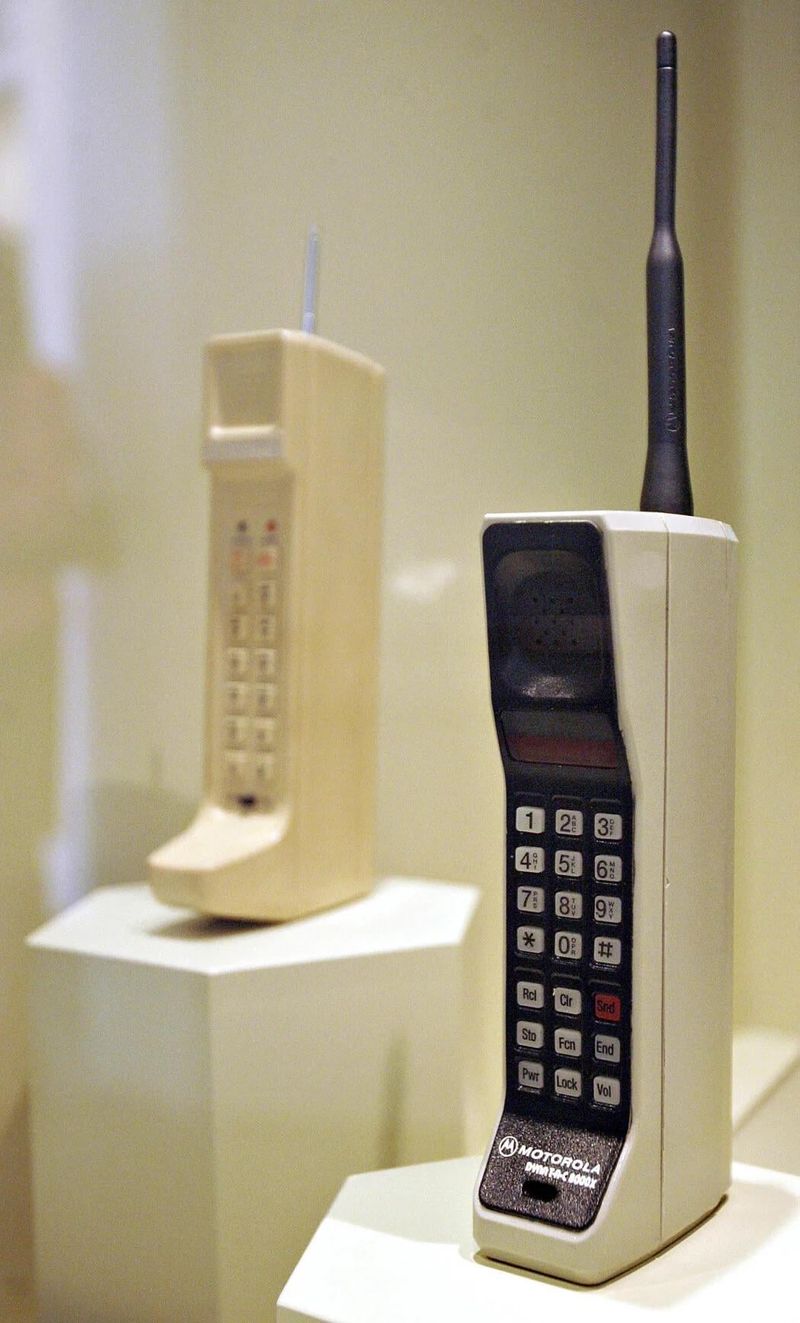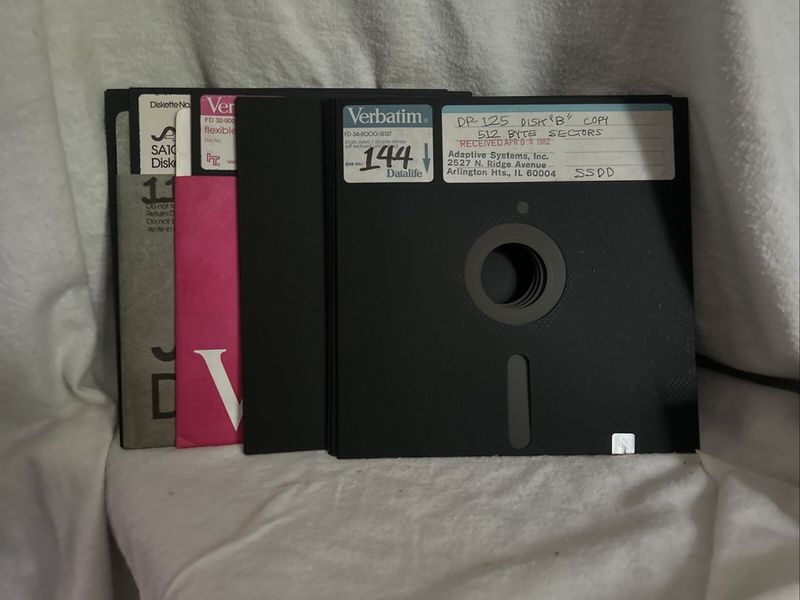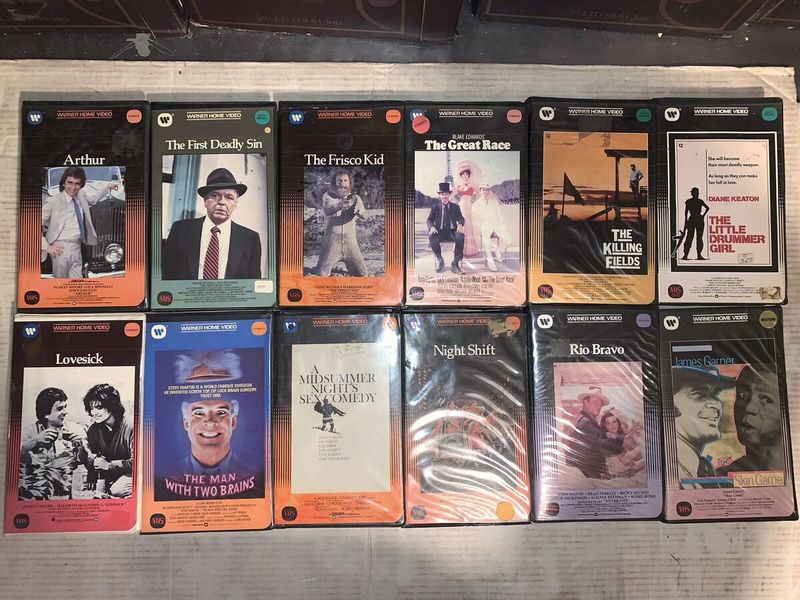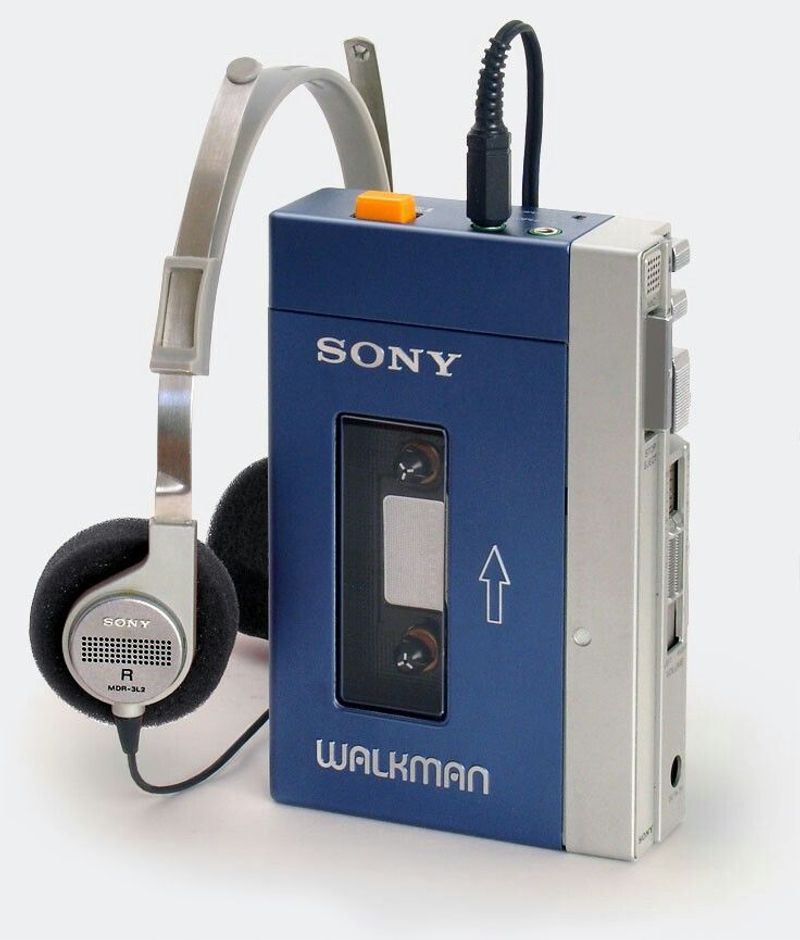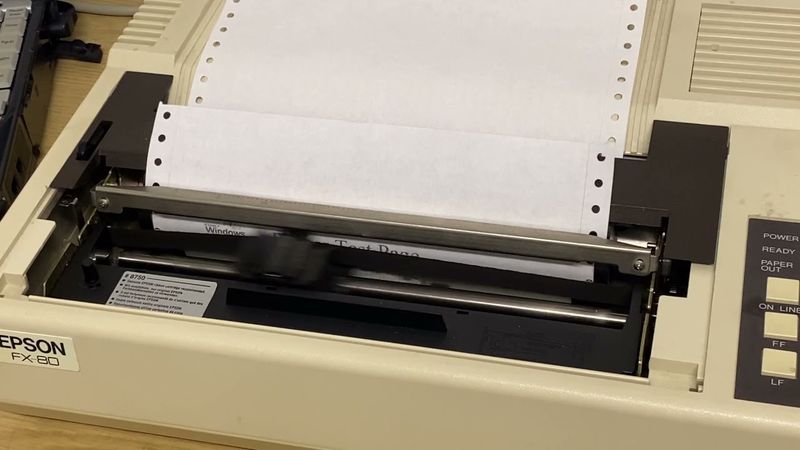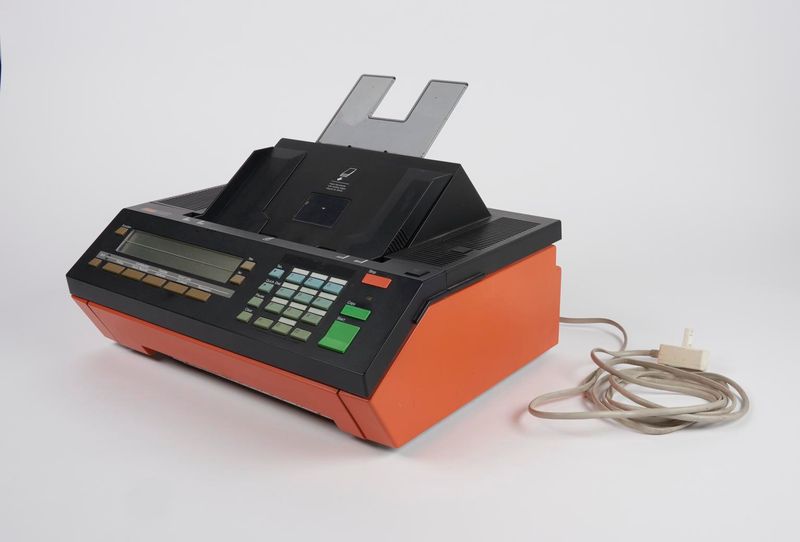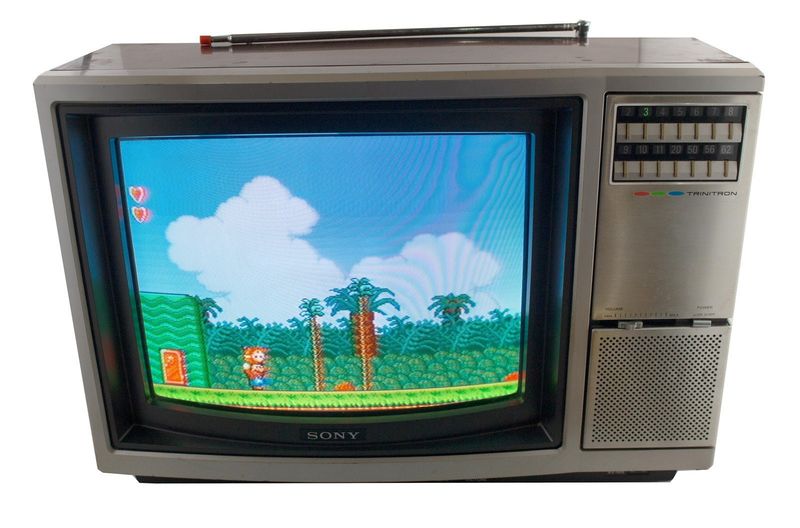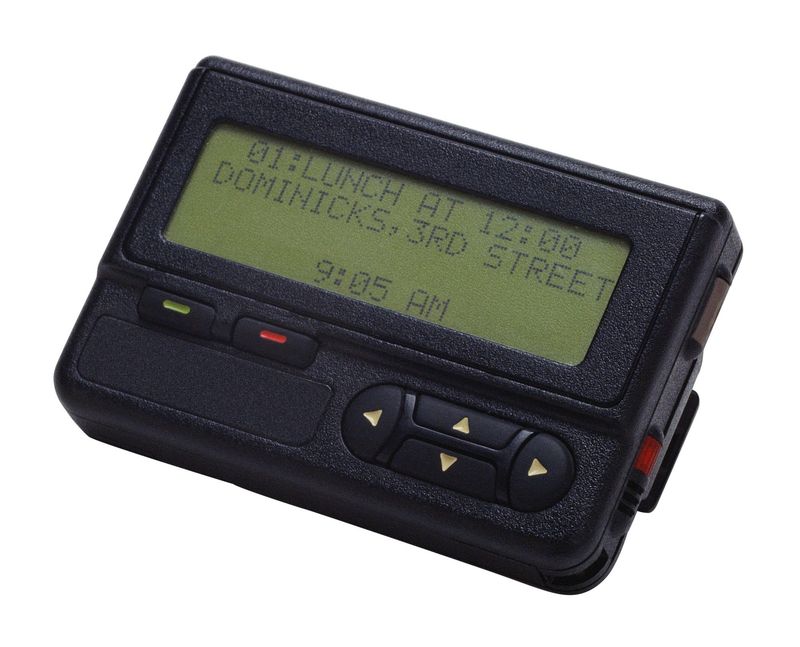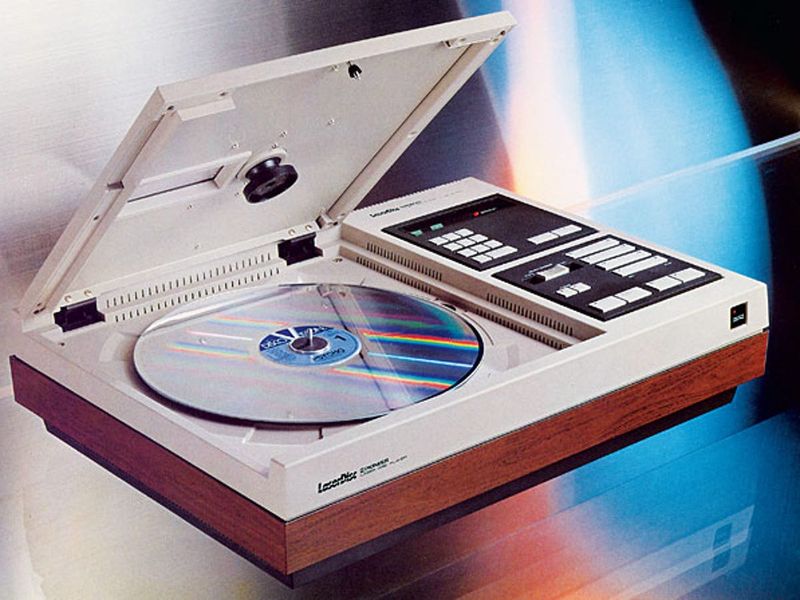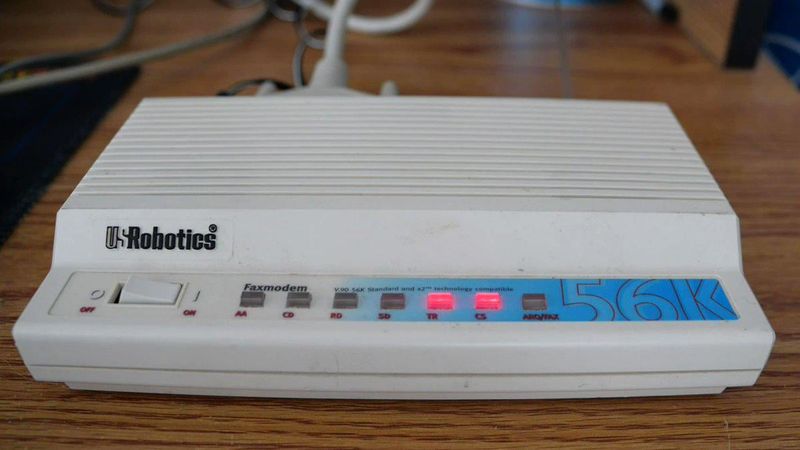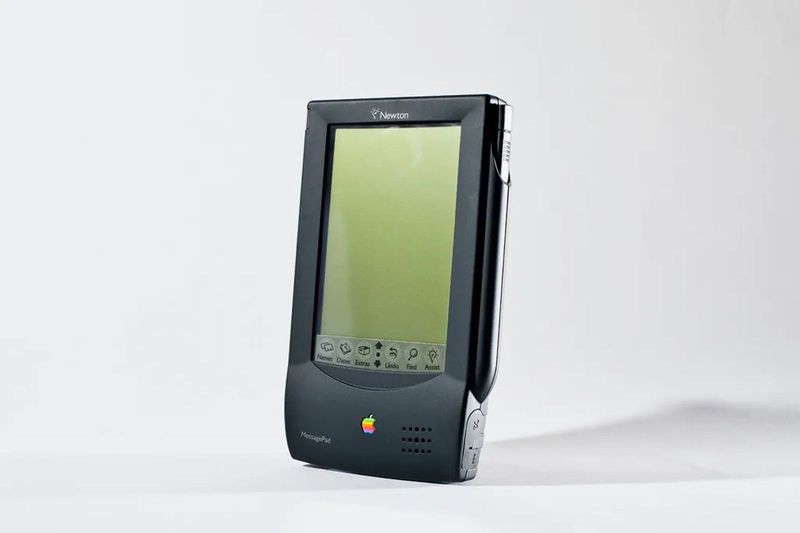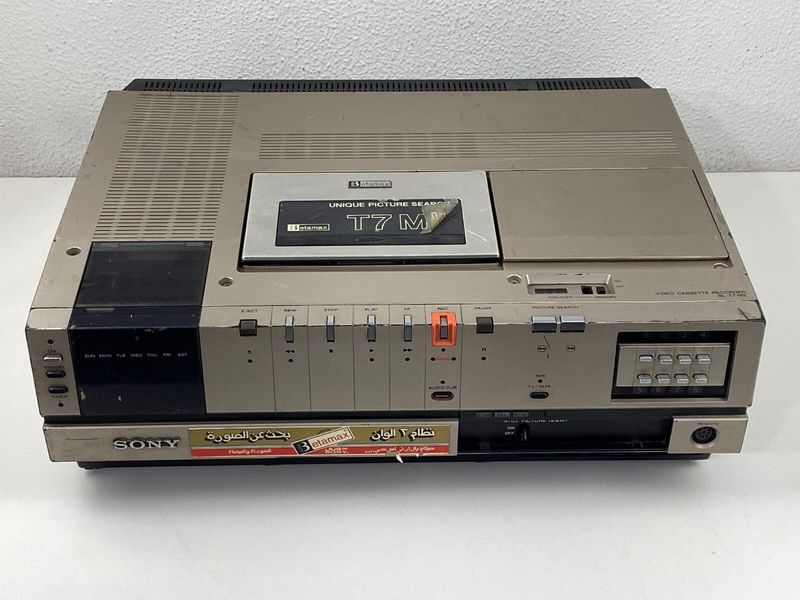The 1980s were a time of groundbreaking innovations, introducing tech marvels that promised a futuristic world. Today, these once-revolutionary gadgets evoke nostalgia and amusement, as their pioneering features seem quaint compared to the sleek, powerful devices we use now. Here’s a look at 12 technologies from the 1980s that were once the pinnacle of innovation, but now appear quite dated.
1. The Brick Phone (Motorola DynaTAC 8000X)
In the 1980s, holding a Motorola DynaTAC 8000X was akin to holding the future itself. It was more than just a phone; it was a symbol of status and modernity, priced at a whopping $3,995. The sheer size and weight earned it the nickname ‘brick phone.’nnFast forward to today, and this behemoth seems almost comical when placed beside our ultra-thin smartphones. Its basic functionality and cumbersome design highlight how far mobile technology has come.nnDespite its impracticality, the DynaTAC 8000X remains a beloved relic for tech enthusiasts and collectors who cherish its groundbreaking role in mobile communication.
2. Floppy Disks
Remember the days when saving a document felt like a mission? Enter the floppy disk, the hero of portable storage in the 1980s. With a maximum capacity of 1.44MB, these disks were once the go-to solution for data transfer.nnToday, a single high-resolution photo would exceed the storage capacity of numerous floppy disks. The transition to cloud storage and USB drives has rendered the floppy disk obsolete, yet it remains an iconic symbol of early computer technology.nnFloppy disks represent a fascinating era when computing was just beginning to enter homes, bringing with them a sense of wonder and innovation.
3. VHS Tapes
VHS tapes were once the ultimate medium for watching movies at home, transforming living rooms into personal cinemas. The experience of renting tapes from a video store was a cherished ritual for many families.nnHowever, the physical limitations of VHS—like rewinding and tracking issues—make them feel inferior to modern streaming services. The degraded quality of tapes over time further diminishes their appeal.nnYet, for those who grew up in the era, VHS tapes hold a special place, encapsulating the thrill of movie night and the anticipation of discovering new films.
4. Walkman (Cassette Player)
The Sony Walkman brought a musical revolution by liberating music from static home systems. No longer tethered to boom boxes, users could enjoy their favorite tunes on the go.nnToday, the idea of flipping cassettes feels burdensome compared to the seamless experience offered by digital streaming platforms like Spotify. The sheer volume of music accessible now dwarfs the limited options of cassette tapes.nnDespite its outdated technology, the Walkman remains a nostalgic icon, symbolizing a time when personal music consumption was being redefined.
5. Dot-Matrix Printers
In the realm of printing, dot-matrix printers were celebrated for their reliability and distinctive sound. The rhythmic kachunk-kachunk noise was synonymous with office environments of the 1980s.nnCompared to today’s silent and fast laser printers, dot-matrix models seem painfully slow and limited in capability. Their low-resolution output is no match for the crisp quality of modern prints.nnNevertheless, the dot-matrix printer is fondly remembered by those who experienced its heyday, a reminder of the formative years of desktop publishing.
6. Fax Machines
There was a time when fax machines were the pinnacle of office communication, capable of transmitting documents instantly across distances. This marvel of technology seemed nothing short of magical.nnToday, the notion of sending documents via fax appears cumbersome and outdated, especially when scanning and emailing offers a faster, more efficient alternative.nnYet, the legacy of the fax machine persists, a testament to the rapid evolution of technology and the ever-changing landscape of communication tools.
7. CRT (Tube) TVs & Monitors
CRTs were once the cornerstone of home entertainment and computer use. These tube-based screens brought the magic of television and early video games into homes.nnIn contrast, today’s ultra-thin 4K OLED screens offer a clarity and design elegance that CRTs could never achieve. The heavy, bulky nature of CRTs now seems primitive.nnDespite their obsolescence, CRTs are cherished by retro gaming enthusiasts who appreciate their nostalgic value and authentic display capabilities.
8. Pagers (Beepers)
Before the age of smartphones, pagers were the go-to device for instant communication, especially favored by doctors and executives. The thrill of receiving a beep was unmatched.nnFast-forward to today, and pagers appear limited, offering only numeric messages without any form of text or internet connectivity. The simplicity of pagers feels quaint compared to the multifunctional smartphones we carry.nnStill, pagers are fondly remembered by those who relied on them, a symbol of an era when communication began to become more immediate and personal.
9. Laserdisc Players
Laserdisc players were heralded as the future of home video, offering superior quality over VHS tapes. These large discs were meant to revolutionize the viewing experience.nnUnfortunately, laserdiscs were quickly overshadowed by DVDs, making their rise and fall a lesson in the fast-paced world of technology advancements.nnCollectors and tech enthusiasts still appreciate laserdiscs for their historical significance and the superior picture quality they once offered.
10. Dial-Up Internet (Modems)
The screech of a dial-up modem connecting was once the sound of the future, heralding the arrival of the internet age. The excitement of browsing the web, albeit slowly, was palpable.nnToday, the sluggish 56K speeds of dial-up modems are laughable next to the lightning-fast fiber optic connections many enjoy.nnNevertheless, dial-up modems evoke a sense of nostalgia for those who remember the early days of the internet, a time of exploration and new possibilities.
11. The Apple Newton (Early PDA)
The Apple Newton promised to be a revolutionary handheld computer, introducing the world to the concept of a personal digital assistant (PDA). Its handwriting recognition was seen as a game-changer.nnHowever, the Newton’s limited functionality and clunky design quickly became apparent, especially when compared to today’s sleek iPhones and iPads.nnThough it was short-lived, the Newton holds a special place in tech history as an ambitious step towards the mobile computing revolution.
12. Betamax
Betamax was Sony’s attempt to create a superior alternative to VHS. Despite offering better picture quality, it lost the format war to VHS due to market dynamics.nnToday, Betamax stands as a cautionary tale about the complexities of technology adoption and consumer preference.nnCollectors and historians value Betamax as a reminder of the fierce competition and innovation that defined the 1980s tech landscape.
